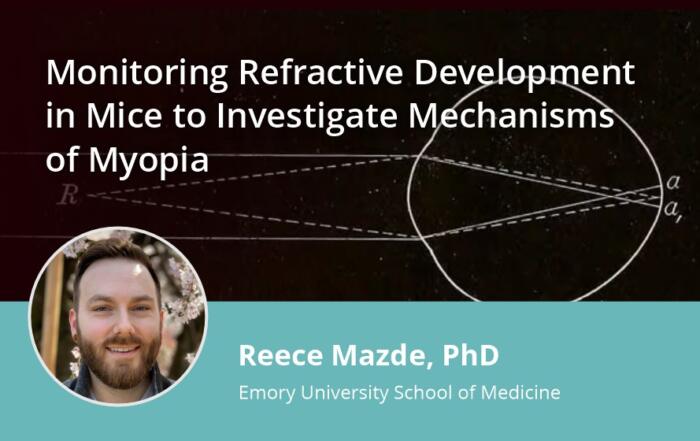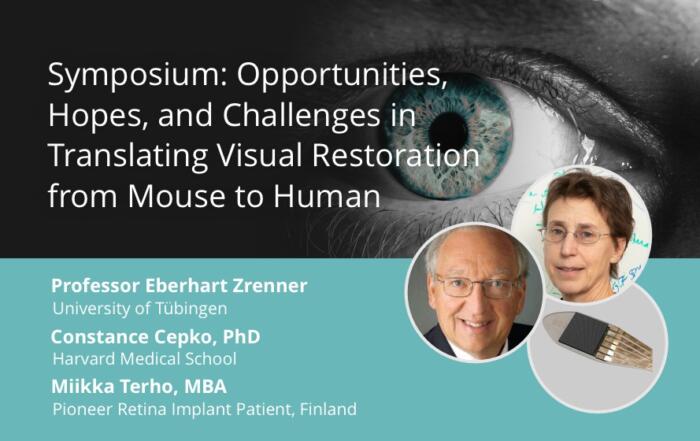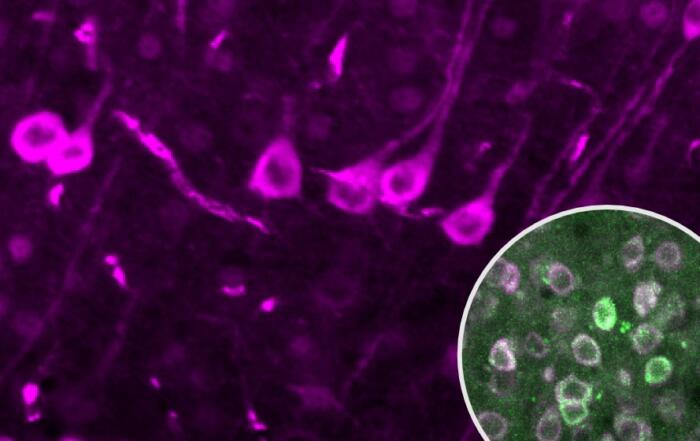In this webinar, T.J. Hollingsworth, PhD, discusses findings from a recent study examining the effects of chronic proinflammatory signaling in inherited retinal dystrophy (IRD).
The BXD32 mouse is a model of polygenic inheritance retinal dystrophy. IRD is a set of congenital heterogenous blinding diseases caused by the death of rod and cone photoreceptors in the retina. Patients with IRDs can begin losing sight as early as childhood and can be completely blind by adolescence. They may also begin losing sight as an adult and become blind in older age. The age of onset and rate of degeneration varies with the gene that is mutated and other genetic and environmental factors. A commonality amongst these diseases is the presence of overactive inflammatory cells and pathways.
In this study, using various methods including optomotor behavioral measurements with Striatech’s OptoDrum, electroretinography, optical coherence tomography, funduscopy, and immunohistochemistry, we have shown that this chronically elevated proinflammatory environment is not only a byproduct of the degenerative disease, but an actual driver of the disease itself.
Key Topics Include:
- IRD signs, symptoms, and endophenotypes
- The genes that underly the IRD diseases
- Current treatments
- Possible future treatments and cures
- Categories: Neuroscience, Vision Research
- Tags: chronic inflammation, electroretinography, eye disease, mouse model, optical coherence tomography (OCT), Optomotor tracking, retinal degeneration
Resources
Presenters
T.J. Hollingsworth, PhD
Assistant Professor
University of Tennessee Health Science Center






